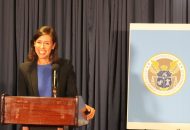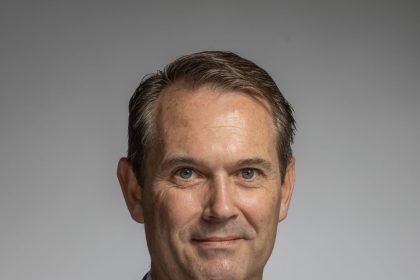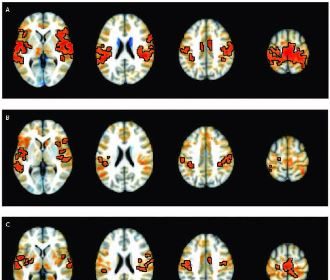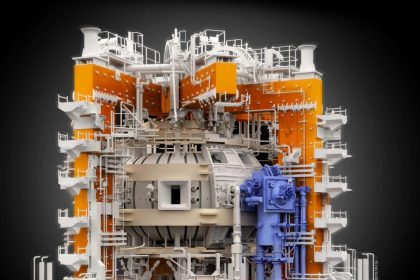Study Examines Link Between Obstructive Sleep Apnea and Heart Problems

WASHINGTON — Sudden cardiac episodes suffered by people with obstructive sleep apnea — interrupted breathing during sleep — are most likely caused by a sudden spike in blood pressure or heart rate caused by a dramatic reduction of blood oxygen levels, according to a new study.
While obstructive sleep apnea has long been associated with increased risk of cardiovascular issues, the findings of the new study, published in the American Journal of Respiratory and Critical Care Medicine, show the mechanism most likely responsible for the link.
“These findings will help better characterize high-risk versions of obstructive sleep apnea,” said Ali Azarbarzin, Ph.D., a study author and director of the Sleep Apnea Health Outcomes Research Group at Brigham and Women’s Hospital and Harvard Medical School, Boston, Massachusetts.
“We think that including a higher-risk version of obstructive sleep apnea in a randomized clinical trial would hopefully show that treating sleep apnea could help prevent future cardiovascular outcomes,” Azarbarzin said.
During their study, researchers looked at data from roughly 4,600 middle-aged and older adults who participated in two earlier studies: the Osteoporotic Fractures in Men Study and the Multi-Ethnic Study of Atherosclerosis.
As they scanned the data, the research team sought to identify features of obstructive sleep apnea that could explain why some people were more likely than others to develop cardiovascular disease or related death.
According to a release announcing publication of the study, physiological features of obstructive sleep apnea assessed included hypoxic burden, which is a reduction in blood oxygen levels during sleep; ventilatory burden, which is an interruption in breathing due to airway obstruction; and nighttime arousals, which are when a person suddenly wakes up from sleep due to interrupted breathing and that can cause their blood pressure or heart rate to rise.
While sleep apnea severity is defined as how many times the airways become blocked during an hour of sleep, this study sought to better characterize underlying mechanisms of obstructive sleep apnea and identify those that strongly predict increased cardiovascular risks.
The researchers followed 2,627 men with an average age of 76, from the Osteoporotic Fractures study, and 1,973 men and women, with an average age of 67, from the Atherosclerosis study.
The first group participated in assessments over a nine- to 12-year-period, while the second group was monitored over a seven-year-period.
During that time, participants completed medical check-ins and sleep assessments and shared information about their health.
Approximately 110 participants in the Atherosclerosis study and 382 in the Osteoporotic Fractures study group experienced a primary cardiovascular event.
For every measure of observed reduction in blood oxygen levels, or hypoxic burden, a person who had participated in the earlier Atherosclerosis study had a 45% increased associated risk for having a primary cardiovascular event. In the Osteoporotic Fractures study group, the observed increased risk was 13%.
Airway obstruction, measured by a full or partial closing of the airways, accounted for 38% of observed risks in the first group and 12% for the second group.
Similar findings for predicting premature death based on hypoxic and ventilatory burden were also observed.
Sudden awakenings weren’t associated with cardiovascular outcomes in the Atherosclerosis study group, but were linked with cardiovascular-related deaths in the Osteoporotic Fractures study group.
Additionally, the researchers found that a high hypoxic burden was mostly due to severe obstruction of the airway and not other factors, such as abdominal obesity or reduced lung function.
“That’s something that makes this metric specific to sleep apnea,” said Dr. Gonzalo Labarca, a study author and an instructor in medicine at Brigham and Women’s Hospital and Harvard Medical School. “The connections are less explained by obesity or another factor.”
The authors noted the findings have the potential to change how sleep apnea is assessed but need to be validated through future studies.
“Understanding these mechanisms could change the way that sleep apnea clinical trials are designed and what is measured in clinical practice,” said Marishka K. Brown, Ph.D., director of the National Center for Sleep Disorders Research at the National Heart, Lung, and Blood Institute, part of the National Institutes of Health.
Previous studies have estimated that nearly 425 million adults worldwide, and about 54 million in the United States have obstructive sleep apnea and are therefore at higher risk of cardiovascular disease.
This study was partially supported by NHLBI and the National Center for Advancing Translational Sciences, the National Institute on Aging, and the National Institute of Arthritis and Musculoskeletal and Skin Diseases.
Dan can be reached at [email protected] and at https://twitter.com/DanMcCue

























